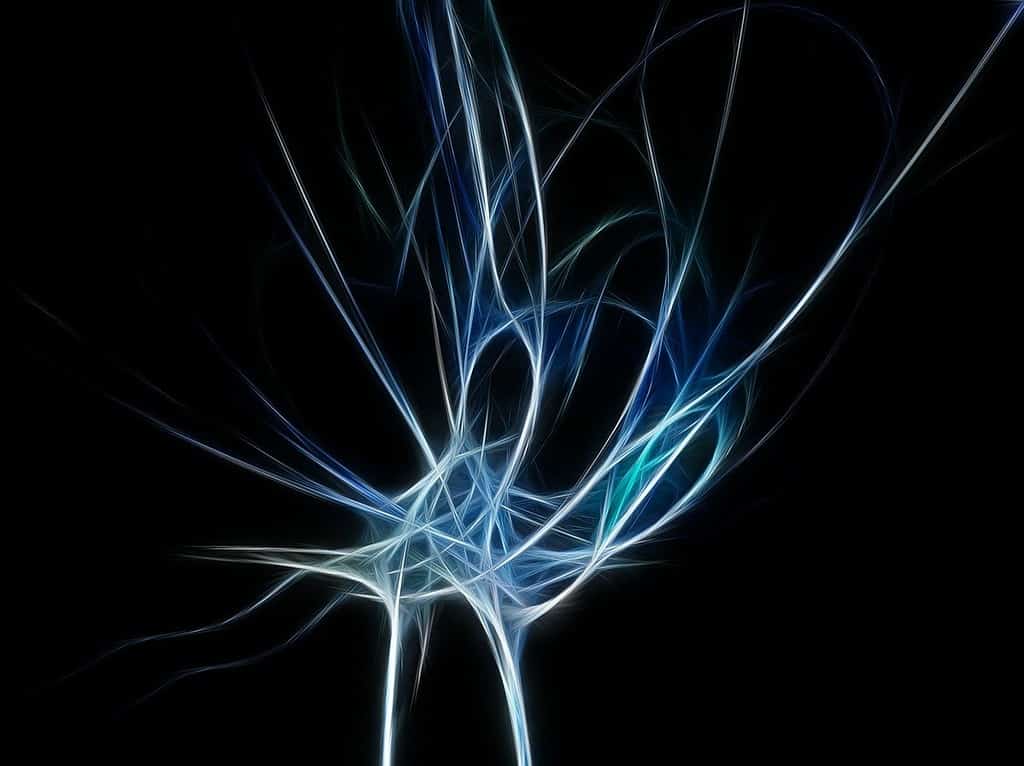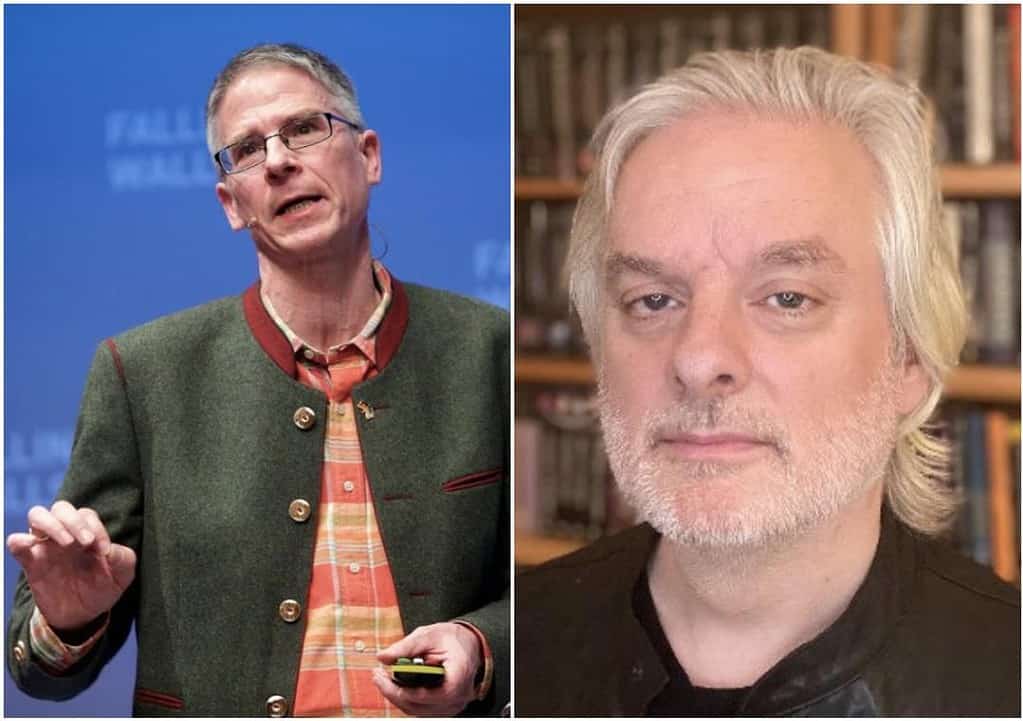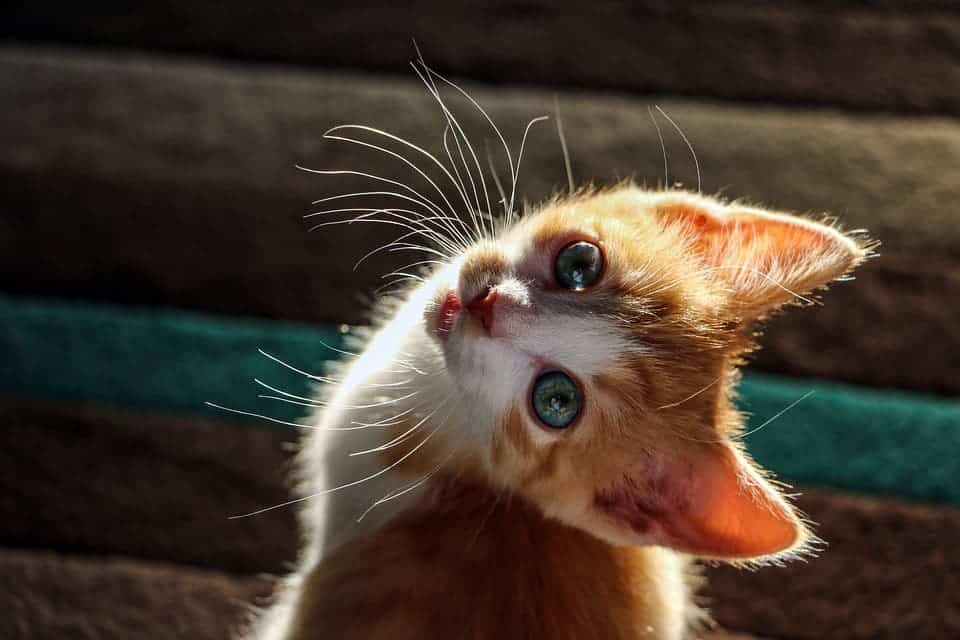
Over twenty-five years ago, within the realm of consciousness studies, neuroscientist Christof Koch and philosopher David Chalmers embarked on a captivating bet.
Koch believed that the brain mechanisms leading to consciousness would be discovered by 2023. The deadline has now been met and Kock conceded his defeat. He now owes Chalmers a case of wine.
A captivating bet

Koch has dedicated his career to exploring the fundamental aspects of consciousness since the 1980s. Back then, new emerging technologies, such as magnetic resonance imaging, looked like they were on the cusp of unraveling the mysteries of the human mind.
“I believed that 25 years down the line? Piece of cake,” he told Nature about the bet.
The wager had been forgotten until a science journalist, Per Snaprud, found a recording of an interview with Chalmers, who mentioned the bet and the case of wine that was at stake. Recently, Koch and Chalmers met at the Association for the Scientific Study of Consciousness (ASSC) meeting, where Koch declared the philosopher to be the winner.
Consciousness covers every aspect of an individual’s experiences, including sensations of taste, hearing, and touch, among others, Chalmers told Nature. It’s the essence that fills our lives with significance and meaning. Despite a lot of work, the scientific community has yet to understand how the human brain generates consciousness.
The mysteries of consciousness
Chalmers and Koch are both part of a project supported by the Templeton World Charity Foundation, which seeks to accelerate consciousness research by fostering collaboration between rival researchers. Through it, academics would engage in antagonistic experiments to scrutinize different hypotheses on consciousness.
During the ASSC conference, the outcome of one of these experiments was unveiled, comparing two theories of consciousness: Integrated Information Theory (IIT) and Global Network Workspace Theory (GNWT).
According to IIT, consciousness is believed to originate from a particular arrangement of neural connections, referred to as a “structure,” within the posterior cortex. On the other hand, GNWT proposes that consciousness emerges as information is shared across a network of interconnected brain regions. The prefrontal cortex assumes a prominent role here as well.
While the results of the experiment are yet to undergo peer review, they didn’t align perfectly with either theory, leaving the quest for understanding consciousness still open. GNWT fared a bit worse than IIT, Lucia Melloni, one of the researchers involved, told Nature, but this doesn’t mean IIT is true. Instead, she said proponents have to rethink the proposed mechanisms.
Koch agreed there’s still plenty of room for debate regarding the question of how the brain builds a universe inside of our mind. However, he said he would be willing to make the same bet today.
“Twenty-five years from now is realistic because the techniques are improving and, given my age, I can’t wait much longer than 25 years,” he told Nature.






